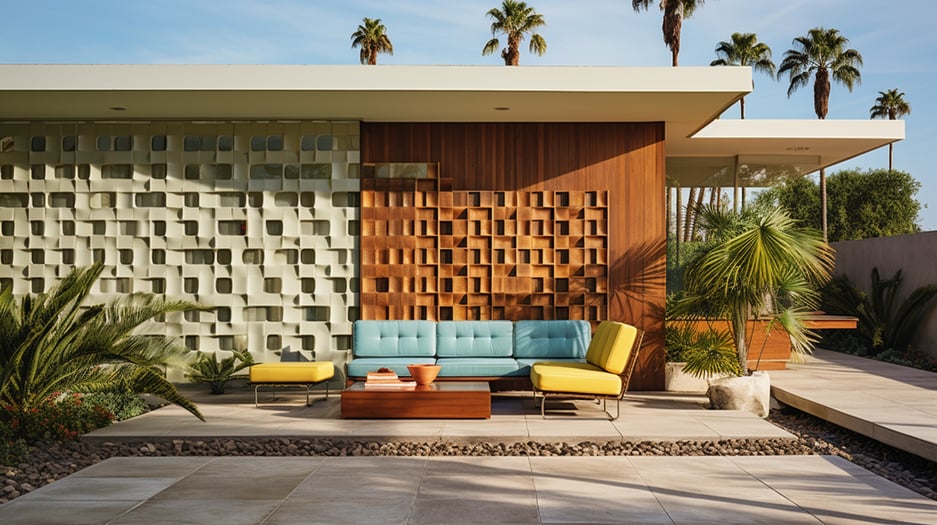
Breeze blocks, instantly recognizable as emblems of mid-century modern architecture, embody a rich tapestry of design evolution. These architectural elements have transcended their initial utilitarian role to emerge as pivotal components in the lexicon of contemporary design. Initially conceived for their practicality in air circulation and sunlight filtration, breeze blocks were a functional necessity in an era prior to the widespread adoption of modern climate control systems. Over the years, they have experienced a dramatic transformation, both in perception and application. Let’s take a detailed journey through the history and resurgence of breeze blocks and see how they are being used creatively in today's architecture.
The Origins of Breeze Blocks
The Early Days
Breeze blocks, also known as decorative concrete blocks, originated in the early 20th century. Initially, their appeal was mostly functional, offering ventilation and shade in warm climates. In regions where the sweltering heat was a constant challenge, these blocks were a practical solution. They allowed air to flow freely, reducing the need for artificial cooling while providing much-needed shade.
Mid-Century Modernism and Breeze Blocks
The 1950s and 1960s marked the golden era of breeze blocks, coinciding with the rise of mid-century modern design. This architectural style, characterized by its clean lines and integration with nature, found a perfect match in breeze blocks. They were used to create decorative yet functional screens that allowed natural light and air to permeate spaces, maintaining privacy without sacrificing the aesthetic value. The iconic "Sunshine" pattern, a hallmark of this period, exemplified how functionality and design could blend seamlessly.
 Step back in time with the iconic breeze block walls of the 50s, captured in this nostalgic AI-rendered image.
Step back in time with the iconic breeze block walls of the 50s, captured in this nostalgic AI-rendered image.
The Decline and Resurgence
The Fall from Grace
Towards the end of the 20th century, architectural trends shifted. The minimalism and high-tech materials of modernist architecture began to overshadow the once-popular breeze blocks. They came to be seen as vestiges of a bygone era, often associated with outdated styles and cost-effective, but not particularly inspired, construction.
A Renaissance in Modern Architecture
The 21st century brought a renewed interest in mid-century design, especially among millennials who admired the era's aesthetic. This nostalgia, coupled with a growing emphasis on sustainability, led to a resurgence in the use of breeze blocks. Modern architects began to explore the potential of these blocks, not just as nostalgic elements but as components of innovative design.
Modern Uses of Breeze Blocks
Eco-Friendly Cooling
In the realm of sustainable design, breeze blocks have found new life. They are now celebrated for their ability to provide natural ventilation, reducing the dependence on air conditioning. This is particularly significant in the context of global efforts to reduce energy consumption. The design of breeze blocks facilitates air circulation, which can lead to significant energy savings in both residential and commercial buildings.
Statement Design Elements
Breeze blocks have transcended their original utilitarian role to become significant design elements in modern architecture. Today's architects use them to create intricate wall patterns and play with light and shadow, adding a dynamic and vibrant feel to buildings. The versatility of breeze blocks allows for a wide range of applications, from creating striking exterior façades to adding unique touches to interior spaces.
 Modern meets vintage: a contemporary home's façade is graced with the classic charm of breeze block walls.
Modern meets vintage: a contemporary home's façade is graced with the classic charm of breeze block walls.
Outdoor and Landscape Features
The use of breeze blocks in landscaping and outdoor design has become increasingly popular. They are used for stylish garden walls, privacy screens, and as an integral part of outdoor seating areas. This application not only enhances the aesthetic appeal of outdoor spaces but also maintains the functional aspect of ventilation and light diffusion.
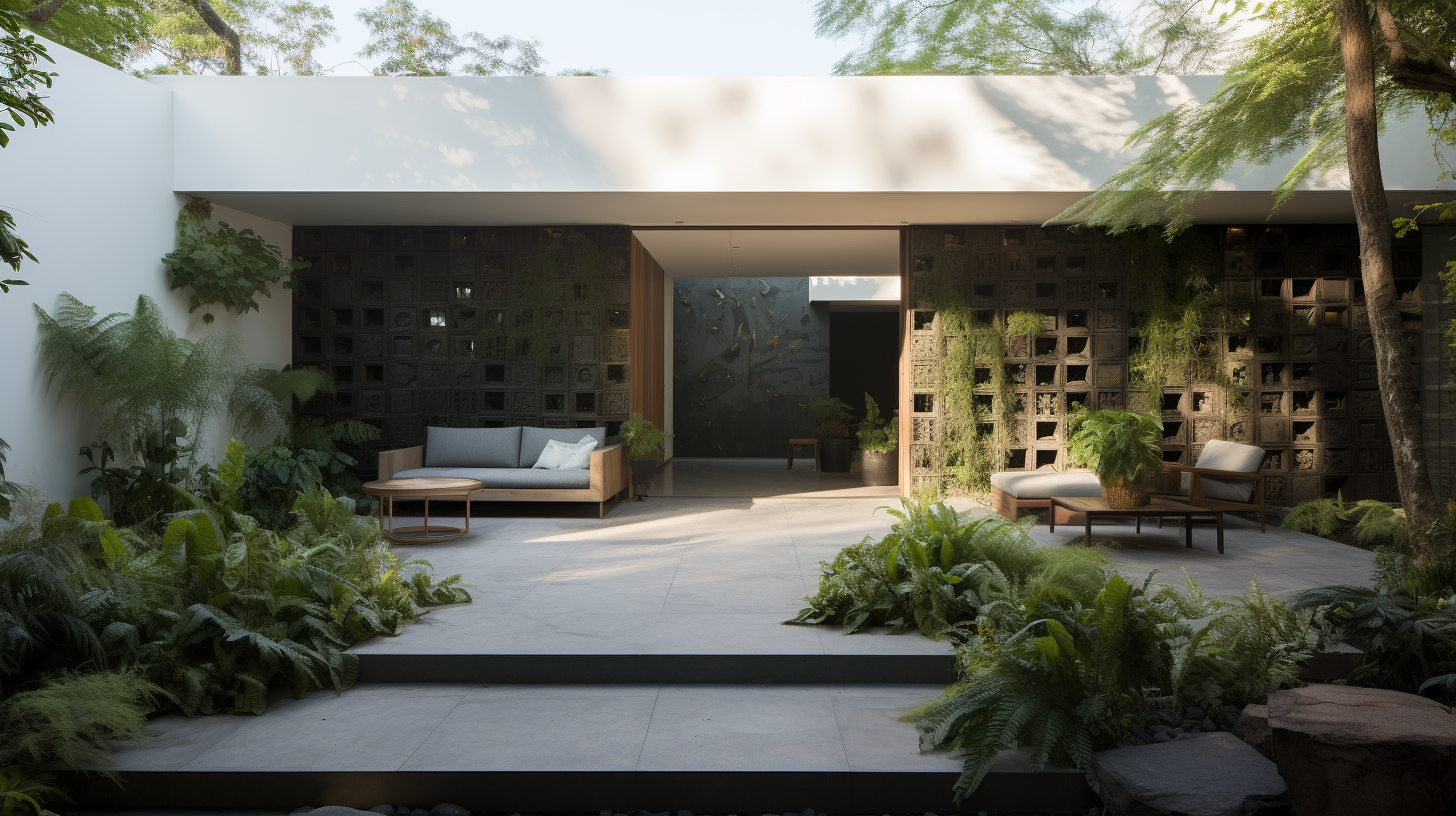 A harmonious blend of form and function, these breeze block walls are a nod to architecture's past and future.
A harmonious blend of form and function, these breeze block walls are a nod to architecture's past and future.
Interior Accents
Breeze blocks are being creatively used inside modern homes and commercial spaces. They serve as unique room dividers and add an open, airy feel to interior spaces, providing a sense of openness while subtly defining different areas. This application is a testament to the versatility of breeze blocks, demonstrating their ability to blend utility and beauty.
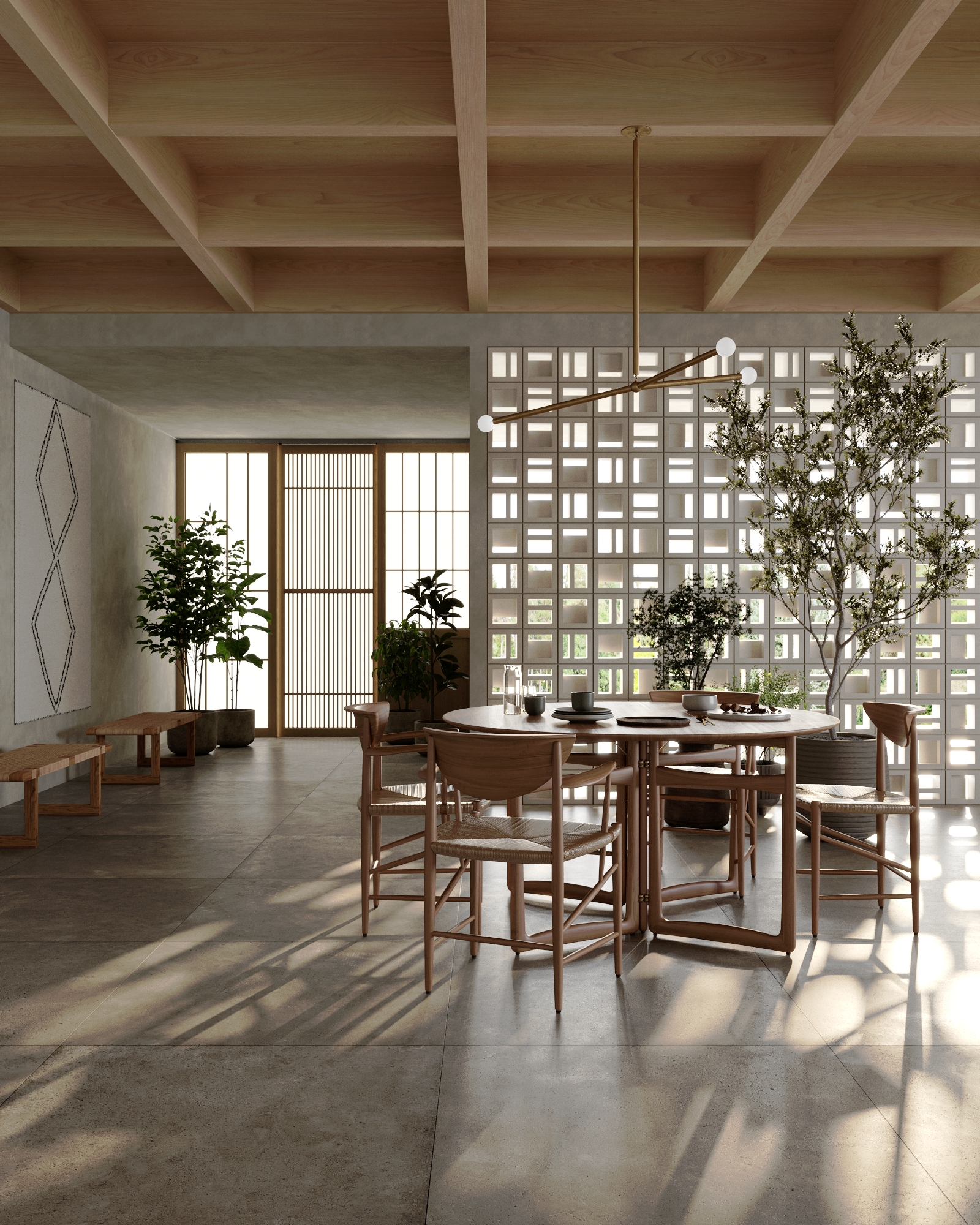 Inside Out: Jonite breeze blocks bring an element of the exterior landscape into the heart of modern interior design.
Inside Out: Jonite breeze blocks bring an element of the exterior landscape into the heart of modern interior design.
Environmental Integration
Innovatively used in projects that aim to harmonize buildings with their natural surroundings, breeze blocks facilitate the creation of semi-open spaces. These spaces foster a seamless transition between indoor and outdoor living areas, aligning with the principles of biophilic design and environmental integration.
Breeze Blocks in Sustainable Architecture
Eco-Friendly and Innovative
Breeze blocks are now key elements in sustainable architecture. They contribute to reducing the carbon footprint of buildings by promoting natural ventilation and temperature regulation.
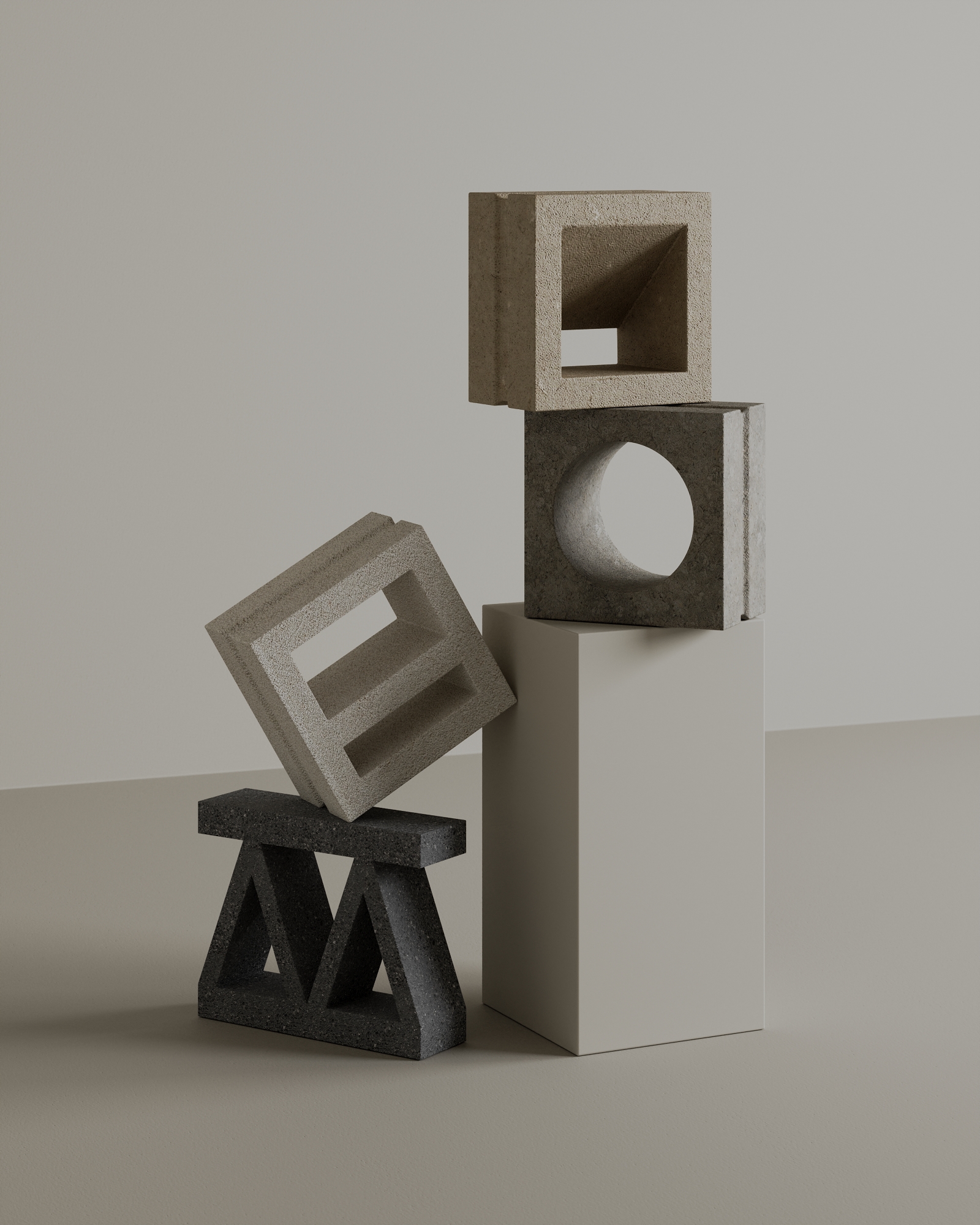 Innovation in architecture: Jonite breeze blocks, made from sustainable materials, paving the way for green building.
Innovation in architecture: Jonite breeze blocks, made from sustainable materials, paving the way for green building.
The Future of Breeze Blocks
The potential for breeze blocks in eco-friendly architecture is immense. Innovations in materials and design are enhancing their suitability for sustainable building, making them a go-to choice for green projects.
Beyond Function: Breeze Blocks as Art
The Artistic Revolution
Breeze blocks are being reimagined by architects and designers as artistic elements. They are used to create visually captivating effects, making them more than just architectural components but rather works of art in their own right.
Customization and Technological Advances
With advancements in technology, custom designs of breeze blocks have become possible, allowing architects and designers to explore new avenues in building aesthetics. This has opened up a world of possibilities for unique and innovative applications.
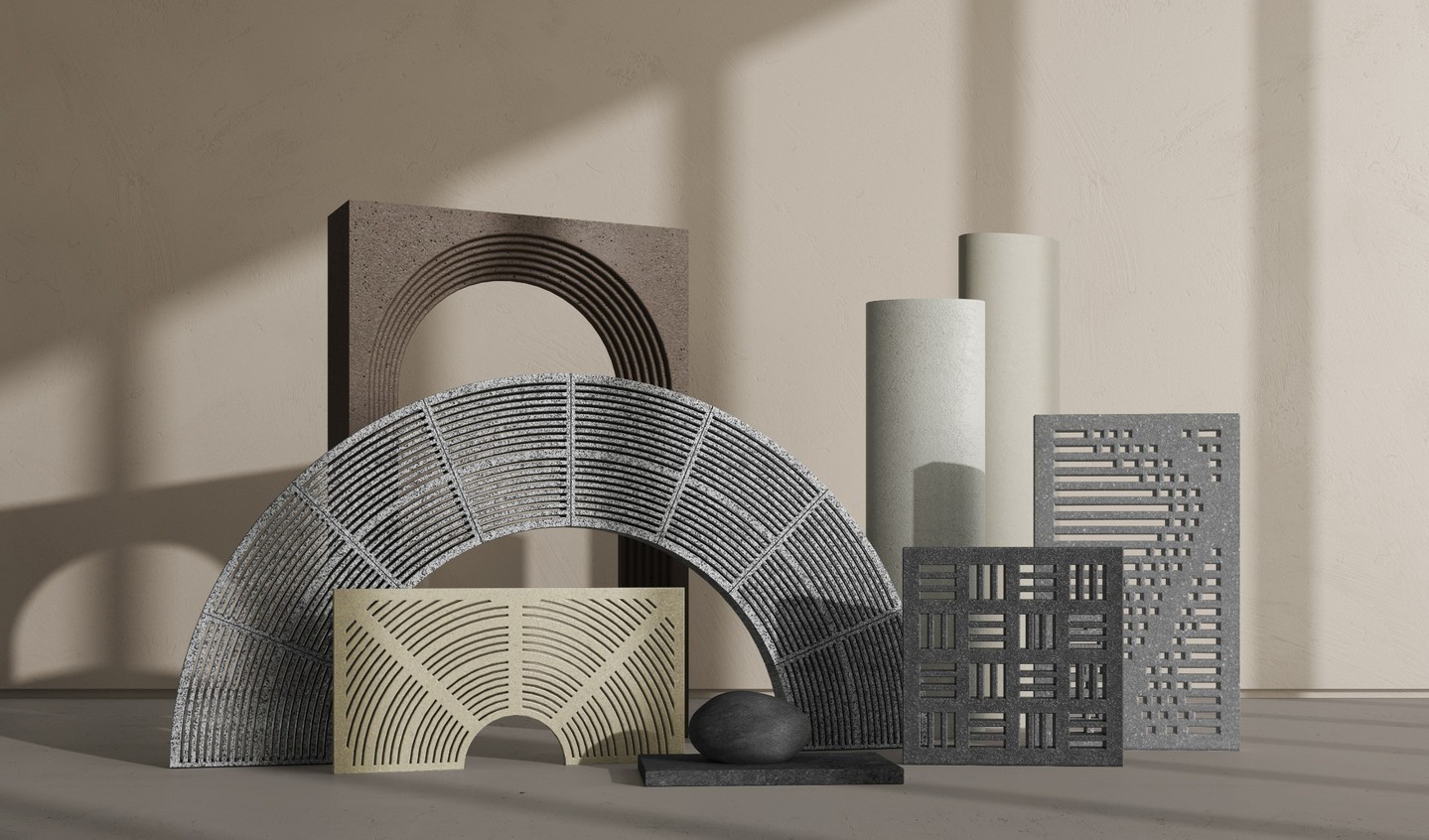 Beyond Breeze Blocks: Jonite's extensive range, from grates to flooring, brings a cohesive custom design language to any architectural project.
Beyond Breeze Blocks: Jonite's extensive range, from grates to flooring, brings a cohesive custom design language to any architectural project.
Conclusion: The Enduring Appeal of Breeze Blocks
Breeze blocks, once simple functional items, have evolved into symbols of style, sustainability, and innovation in modern architecture. Their journey from basic building materials to elements of artistic expression in contemporary design highlights their enduring appeal. As architectural trends continue to evolve, breeze blocks remain a versatile and beloved feature, a testament to the idea that good design is timeless. Their story is a reminder of the dynamic nature of architecture, where form and function continually intersect in exciting ways.










